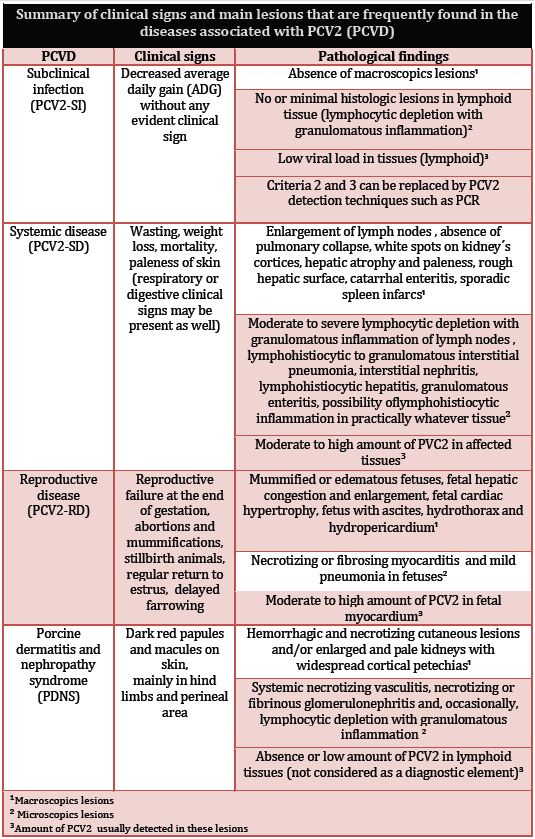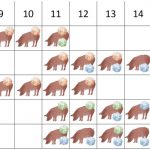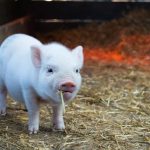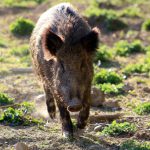Keys to recognize the clinical signs and pathological findings of porcine circovirus type 2
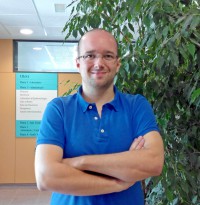
Salvador Oliver-Ferrando, a PhD student from CReSA, together with Dra. Marina Sibila, researcher of the CReSA, and Dr. Joaquim Segalés, the director of the aforementioned research center, are the authors of the review article published in the Suis magazine, “Clinic signs and pathological findings, How to recognize it?”
In the abovementioned article, the authors speak about the background of the porcine circovirus type 2 (PCV2), taking a turn to talk about the clinics and pathological characteristics associated with the PCV2 infection, also they talk about the role of the subclinical form. All these characteristics have been evolving since PCV2 was isolated for the first time from the pigs affected by postweaning multisystemic wasting syndrome (PMWS).
Therefore, the main purpose of this article is to update the information on the clinical signs and pathologies caused by the PCV2 infection, as well as its diagnosis.
This virus is involved with different pathologies, which nowadays are known as porcine circovirus diseases (PCVD), such as subclinical infection (PCV2-SI), systemic disease (PCV2-SD, in reference to PMWS), reproductive disease (PCV2-RD) and porcine dermatitis and nephropathy syndrome (PDNS).
On the other hand, it has also been emphasized the importance of these diseases diagnosis, as well as the need to go in depth on the assessment of the PCV2 infections beyond the detection of the agents or the seropositive animals. The diagnosis of the diseases associated with PCV2 must be based in three basic criteria: presence of clinical signs, presence of lesions compatibles with PCVD and detection of the virus inside these lesions.
- Clinic signs and pathological findings, How to recognize it? Oliver-Ferrando S., Sibila M., Segalés J. Suis, Nº 107, 2014, pags. 14-20. ISSN 1699-7867. | To read the complete article [Available online in spanish] |


